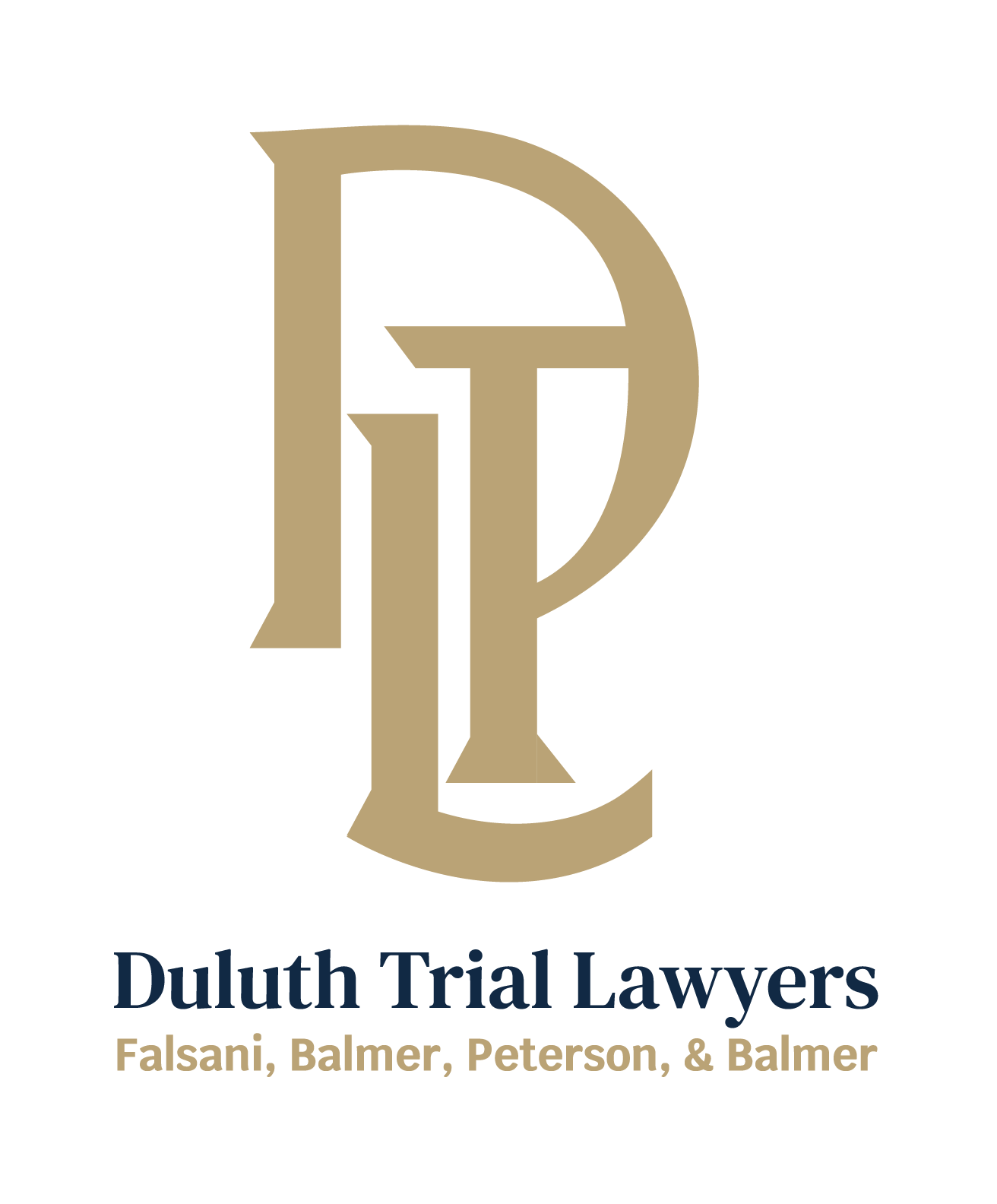Being in a car accident, even if it is a minor fender-bender, is nerve-wracking enough.
If the at-fault driver is also uninsured, you get a sinking feeling to go with your jangled nerves.
A prevalent problem
A 2011 study conducted by the Insurance Research Council showed that one in seven motorists in the U.S. does not have automobile insurance of any kind. This is not a welcome statistic. However, if you are a Minnesota resident, your insurance policy includes uninsured motorist coverage automatically. In Wisconsin, the coverage is no longer automatic, but you can request to have it included in your policy.
At the scene of the crash
A driver who is at fault for the accident in which you are the victim may offer you cash on the spot to cover the repair of damage to your vehicle. Never accept such an offer; there may be hidden damage that far exceeds the cost of fixing that dent in your bumper.
You should document as much about the collision as you can in case the other party—who may well be uninsured—simply decides to drive off. Use your cellphone to take pictures of the crash site and, if possible, the license plate number of the other car as well as a photo of the driver. Write down the make and model of the other car and if there are any witnesses, ask for their contact information. Also, call the police, even if the accident is a minor one.
A word about comparative fault
Minnesota and Wisconsin are comparative fault states. This means that the court will assign a portion of fault for the collision to both you and the other driver. If your percentage of responsibility is less than that of the other party, the law entitles you to a certain amount of compensation from his or her insurance company.
Your options
Your best protection for compensation is the uninsured motorist coverage in your own policy. If you do not have this and become involved in a car crash with a driver who has no insurance, your only other option is taking that driver to court.

